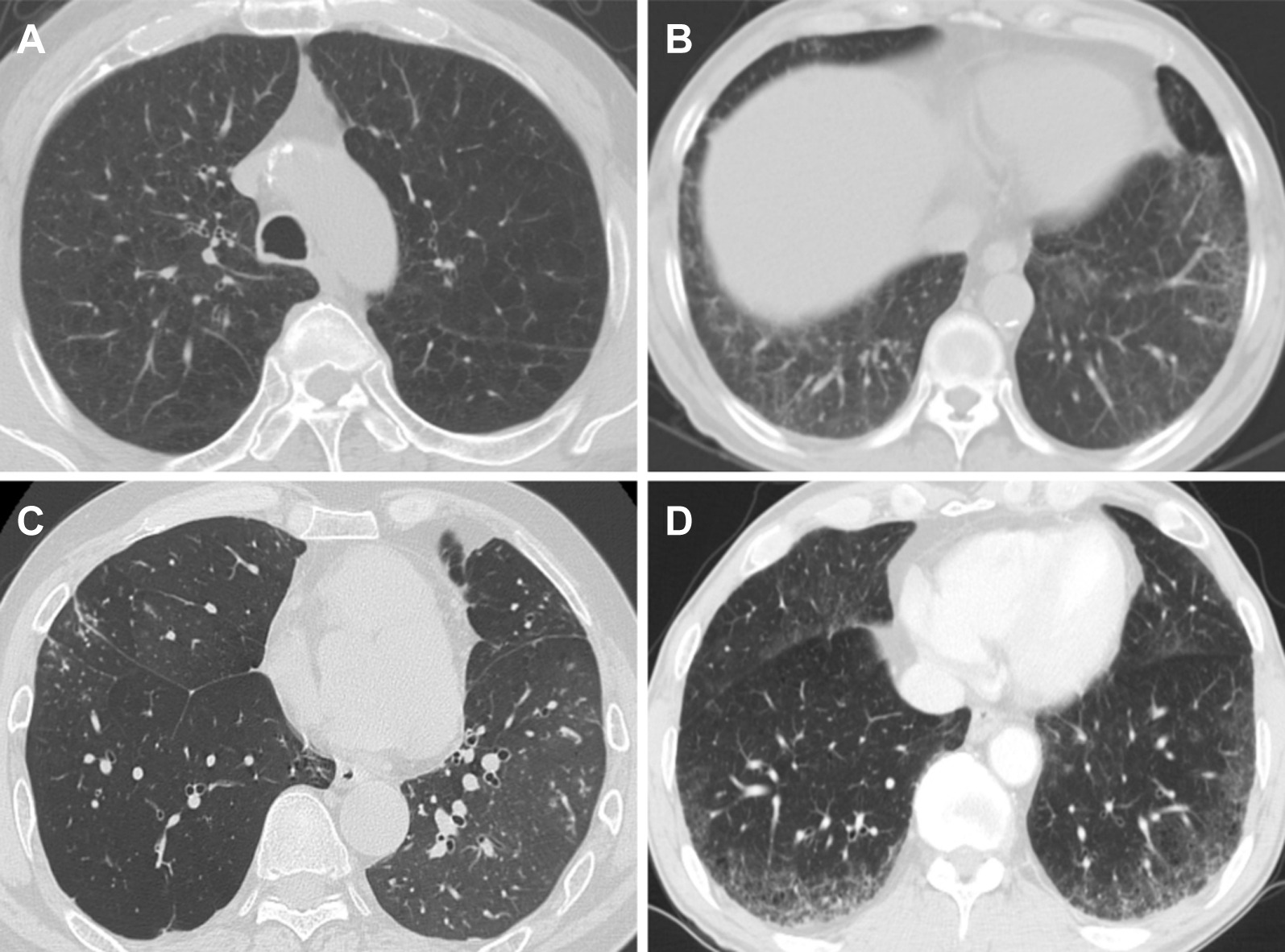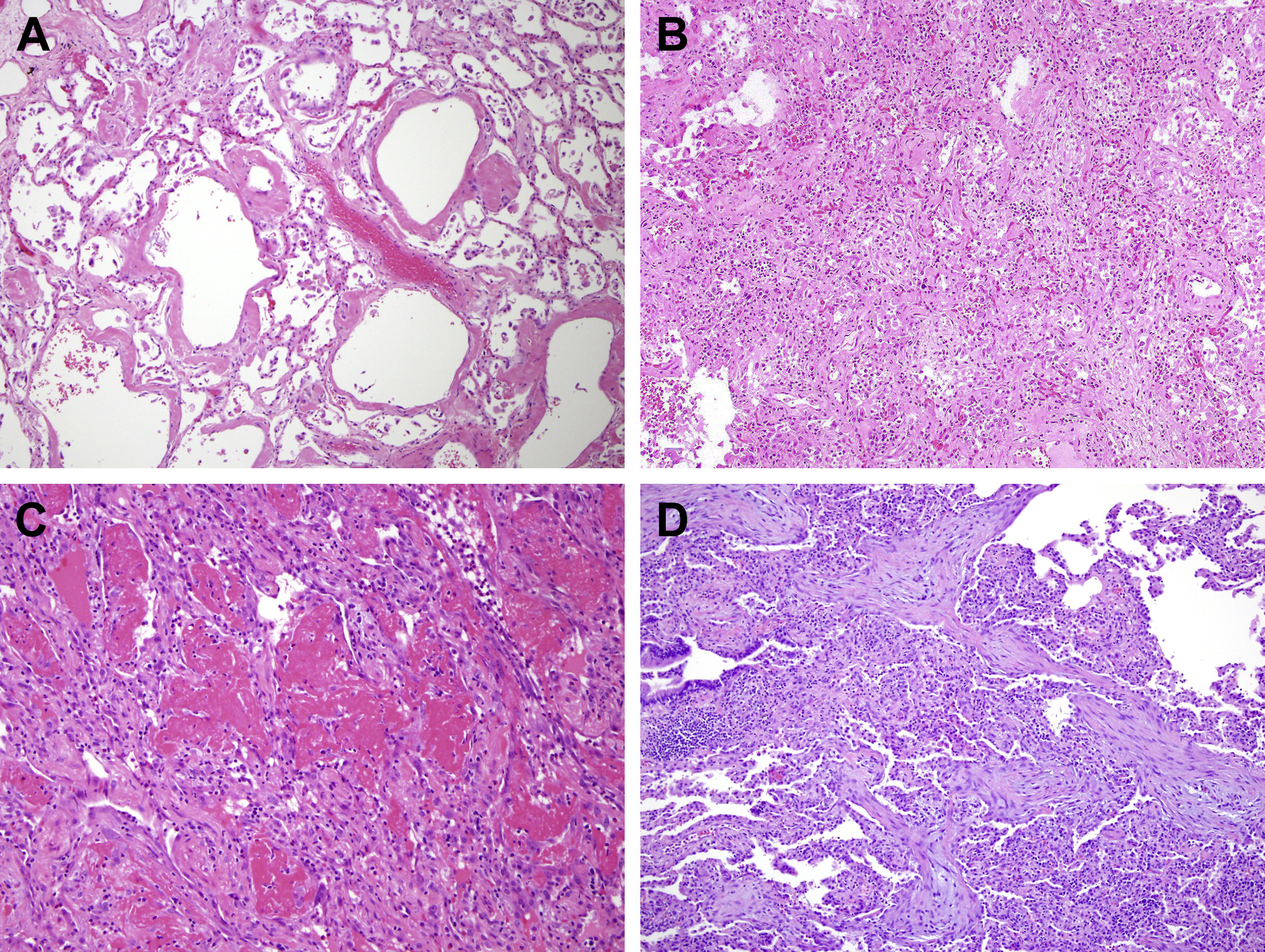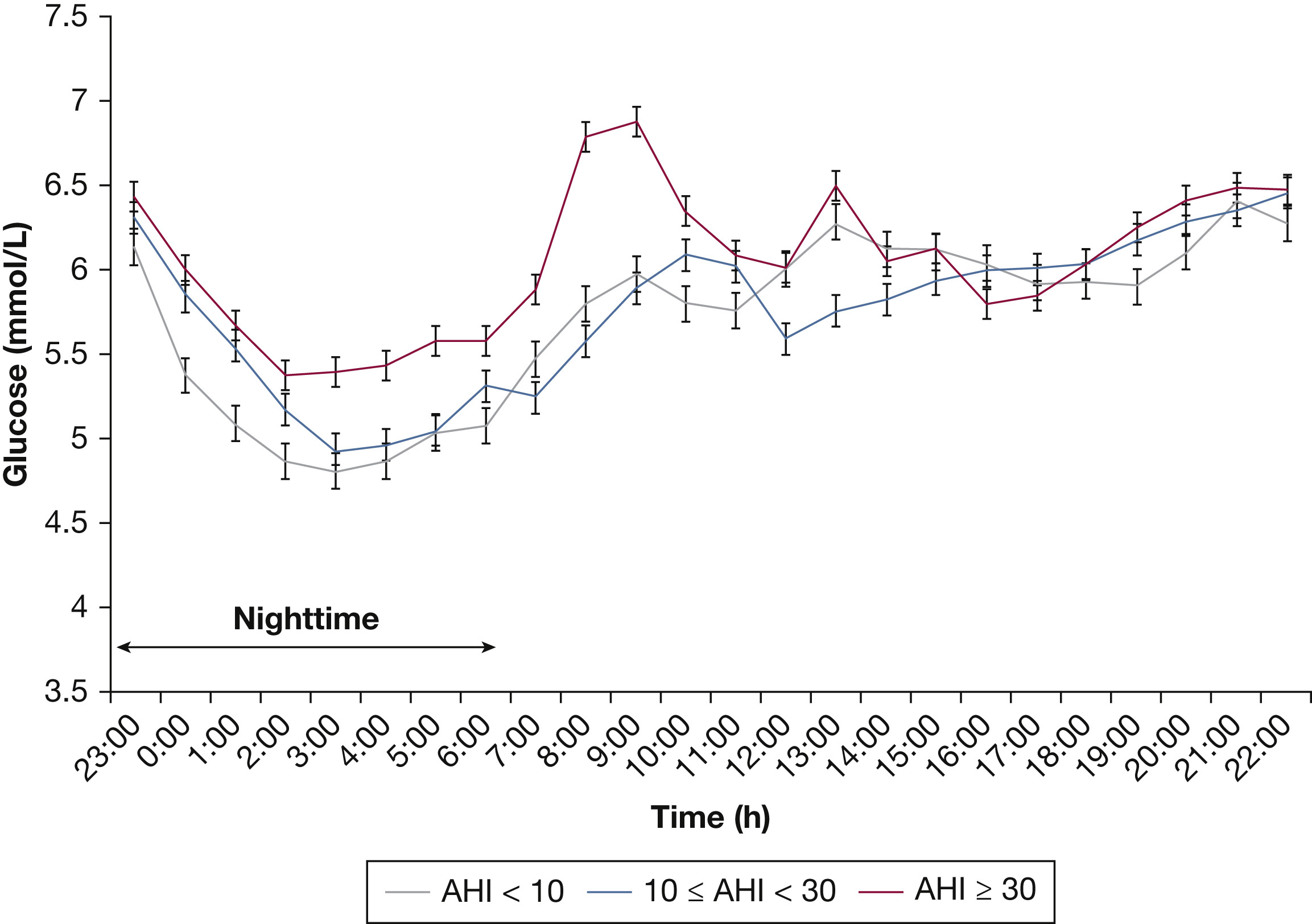Hot in Journal CHEST: January 2021
By: Divya C. Patel, DO
January 7, 2021
 Each month, we ask our Social Media Co-Editors of CHEST to weigh in on the hot topics in CHEST. This month, Dr. Patel shares her highlights of the January 2021 issue. After reviewing the issue, be sure to share your hot list on Twitter with the hashtag #journalCHEST.
Each month, we ask our Social Media Co-Editors of CHEST to weigh in on the hot topics in CHEST. This month, Dr. Patel shares her highlights of the January 2021 issue. After reviewing the issue, be sure to share your hot list on Twitter with the hashtag #journalCHEST.
Happy new year to the journal CHEST® readers and CHEST members. I want to point out a few interesting features in this month’s issue of the journal CHEST outside of the articles I am highlighting below, which I highly recommend to readers. First, Dr. Atul Mehta and colleagues argue that given the worsening air pollution around the world and its link to lung cancer, prolonged exposure to air pollution should be considered in deciding who qualifies for low-dose CT screening. Second, a review to update the CHEST 2006 guideline on global physiology and pathophysiology of cough describes the phenomenology of cough patterns and morphological features. Third, the Point and Counterpoint section features a debate about the use of corticosteroids in early ARDS. Finally, Dr. Ko and colleagues present a handy algorithm on how to review chest x-rays post lobectomy.
Here are three other articles not to be missed this month:
Patients with interstitial lung abnormalities (ILAs) are at risk of developing interstitial lung disease (ILD) and are associated with worse functional status and long-term survival.
Both COPD and ILAs share a risk factor of smoking, and ILAs in patients with COPD are associated with higher mortality. In this study, the authors aimed to determine if ILA presence and/or progression impacted clinical outcome in patients with COPD. They did this by retrospectively assessing patients with COPD who had CT scans and pulmonary function tests over a 5-year period in a tertiary hospital in South Korea. Of the 363 patients who qualified for the study, 147 met the criteria for ILA. Patients with ILAs were found to be older, with lower FEV1 and FVC. Over a mean follow-up period of 5 years, those with ILAs had a higher incidence of moderate to severe COPD exacerbation. Progression of ILAs was associated with a higher rate of FEV1 and FVC decline.

The underlying pathology of the SARS-CoV-2 infection and subsequent acute lung injury is uncertain. It’s unclear if the underlying histopathology is consistent with diffuse alveolar damage (DAD)—seen in ARDS—or other forms of acute lung injury, such as acute fibrinous and organizing pneumonia.
Whether there is a pattern of lung injury which is unique to patients with COVID-19 compared to other viral causes of ARDS is unknown, so the authors of this study performed a systematic review of lung histopathology from patients with COVID-19 and compared them to a systematic review of lung histopathology from patients with 2009 H1N1 influenza and patients with 2003 SARS-CoV.
The results of the systematic review showed that 88% of patients with COVID-19 had a pattern of DAD, which is similar to what was seen in patients with 2009 H1N1 influenza and 2003 SARS-CoV. Interestingly, microthrombi were more common in COVID-19 and 2003 SARS-CoV groups (both coronaviruses). This study showed that the histopathologic pattern of acute lung injury in patients with COVID-19 is not unique.

Even mild gestational hyperglycemia is associated with adverse outcomes for the fetus and mother.
Sleep-disordered breathing (SDB) is common in pregnant women and is associated with a higher risk of gestational diabetes mellitus (GDM). In this study, the authors wanted to see if severity of SBD is associated with glucose levels during both the daytime and nighttime periods measured by continuous glucose monitoring (CGM). The data came from a randomized controlled trial of pregnant women using two different treatments for SDB. Women in their third trimester with known GDM underwent sleep recordings and 72-hour CGM. The apnea-hypopnea index (AHI) was correlated to mean glucose levels during nighttime and daytime periods.
Sixty-five patients were enrolled, and the authors showed that a ten-unit increase in AHI was associated with elevated nocturnal glucose, which persisted into the morning, even after adjusting for BMI and treatment for GDM. But AHI was not associated with mean daytime or 24-hour glucose levels. Overall, severity of SDB is associated with elevated nighttime and morning glucose.
